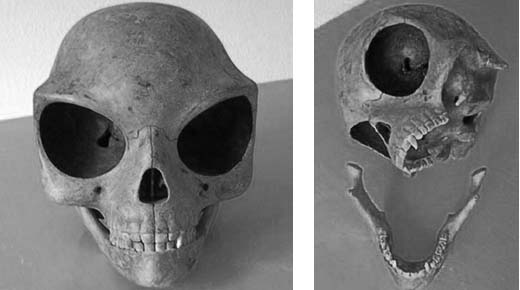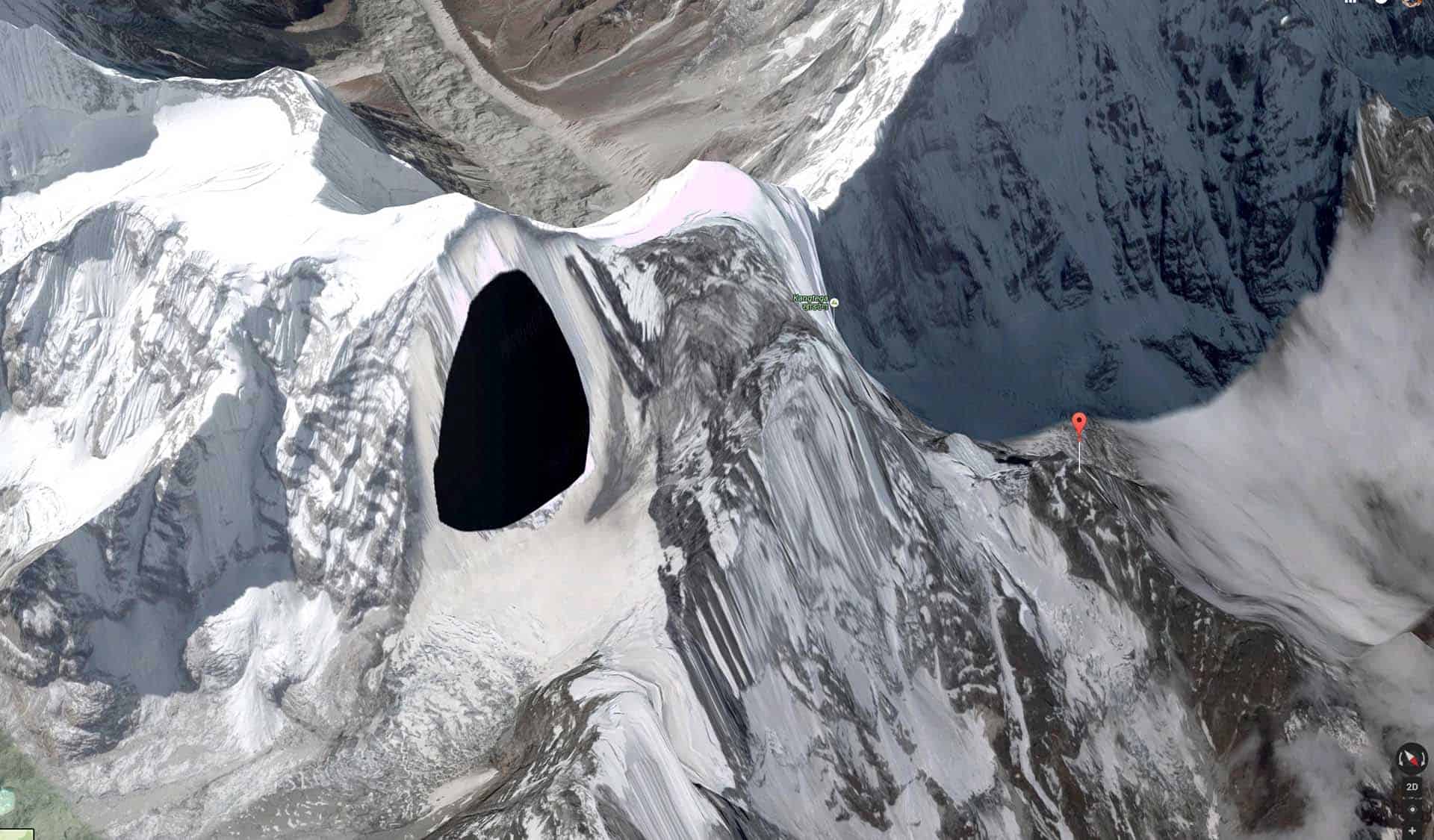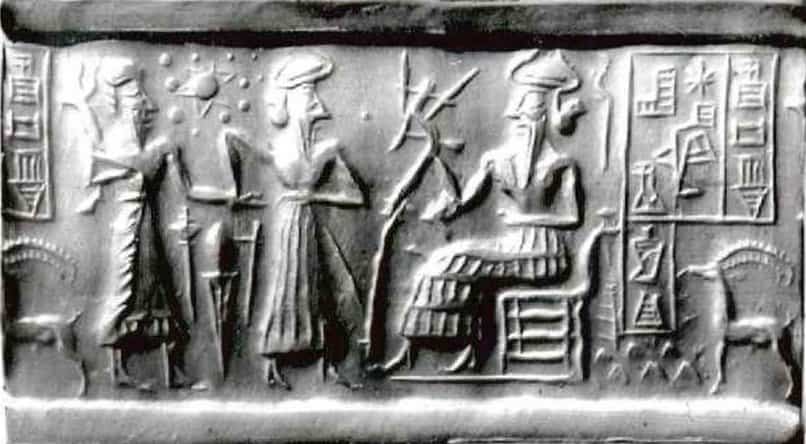
YouTube Video Here: https://www.youtube.com/embed/taungcjOHnk?feature=oembed&enablejsapi=1
Mainstream scientists seem to have inadvertently given some support to the ancient astronaut theory again.
Recently, we wrote about a “new” scientific discovery that unlocked the potential of gold atoms, with 2D gold nanosheets. Using layers of gold just two atoms in thickness, the researchers made a “landmark achievement.” The gold nanosheets are ten times more efficient than even nanoparticles as a highly-effective catalyst.
This news immediately sounded familiar to those who follow ancient astronaut theory, since gold is central to the story. According to translations of cuneiform tablets from Sumeria, the Anunnaki, giant-sized long-lived extraterrestrial explorers, came to Earth to mine gold hundreds of thousands of years ago. The gold was essential for technology used to repair damage to the Anunnaki home planet’s environment, among other uses.
The gold mining operations were taking place in southern Africa and predated the earliest civilizations in Sumer and Mesopotamia by unfathomable thousands of years. An in-depth timeline of events is suggested by Zecharia Sitchin and other ancient astronaut theorists.
Today, news that scientists have traced the origins of all humans to southern Africa is again ringing bells for ancient astronaut theorists. According to the Guardian, scientists made eyebrow-raising conclusions using 1,217 samples of mitochondrial DNA from people living in southern Africa.
“Scientists claim to have traced the ancestral home region of all living humans to a vast wetland that sprawled over much of modern day Botswana and served as an oasis in an otherwise parched expanse of Africa.
The swathe of land south of the Zambezi River became a thriving home to Homo sapiens 200,000 years ago, the researchers suggest, and sustained an isolated, founder population of modern humans for at least 70,000 years.”
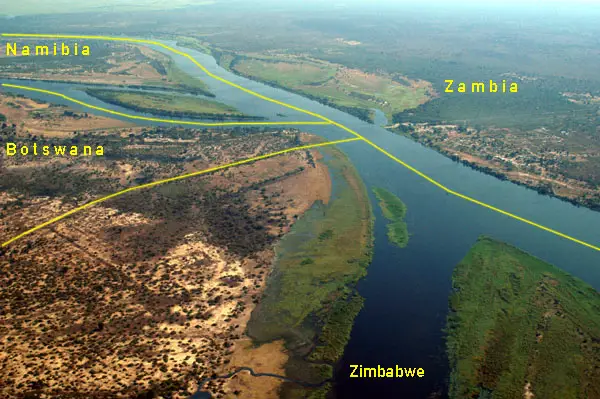
According to the article, these early humans then started to spread into other territories as the Earth’s orbit changed. This fact also sounds familiar, as climate changes on Earth were central to Sitchin’s story of what took place some 200,000 years ago. According to the controversial author, life on the planet regressed due to a glacial period and then began to spread as the planet warmed up again after 100,000 years.
Related: Scientists trace modern human lineage to Botswana in Africa, disappointing racists everywhere
Adam’s Calendar
One landmark offered as evidence of an ancient civilization in southern Africa is called “Adam’s Calendar,” a Stonehenge-like ruin discovered in 2003. The place is known by African elders, as the “The Birthplace of The Sun.”
Ancient Origins notes it has been controversially called the “oldest man-made structure in the world.”
“Located in Mpumalanga, South Africa it is a standing stone circle about 30 meters in diameter and has been estimated by some accounts to be more than 75,000 years old. Various astronomical alignments have been identified at the site and it is possibly the only example of a completely functional, mostly intact megalithic stone calendar in the world,” wrote Ancient Origins.
Stone ruins similar to this are found throughout the mountains and valleys of southern Africa, including Botswana. Like Stonehenge, Adam’s Calendar has incorporated incredibly complex precise measurements.
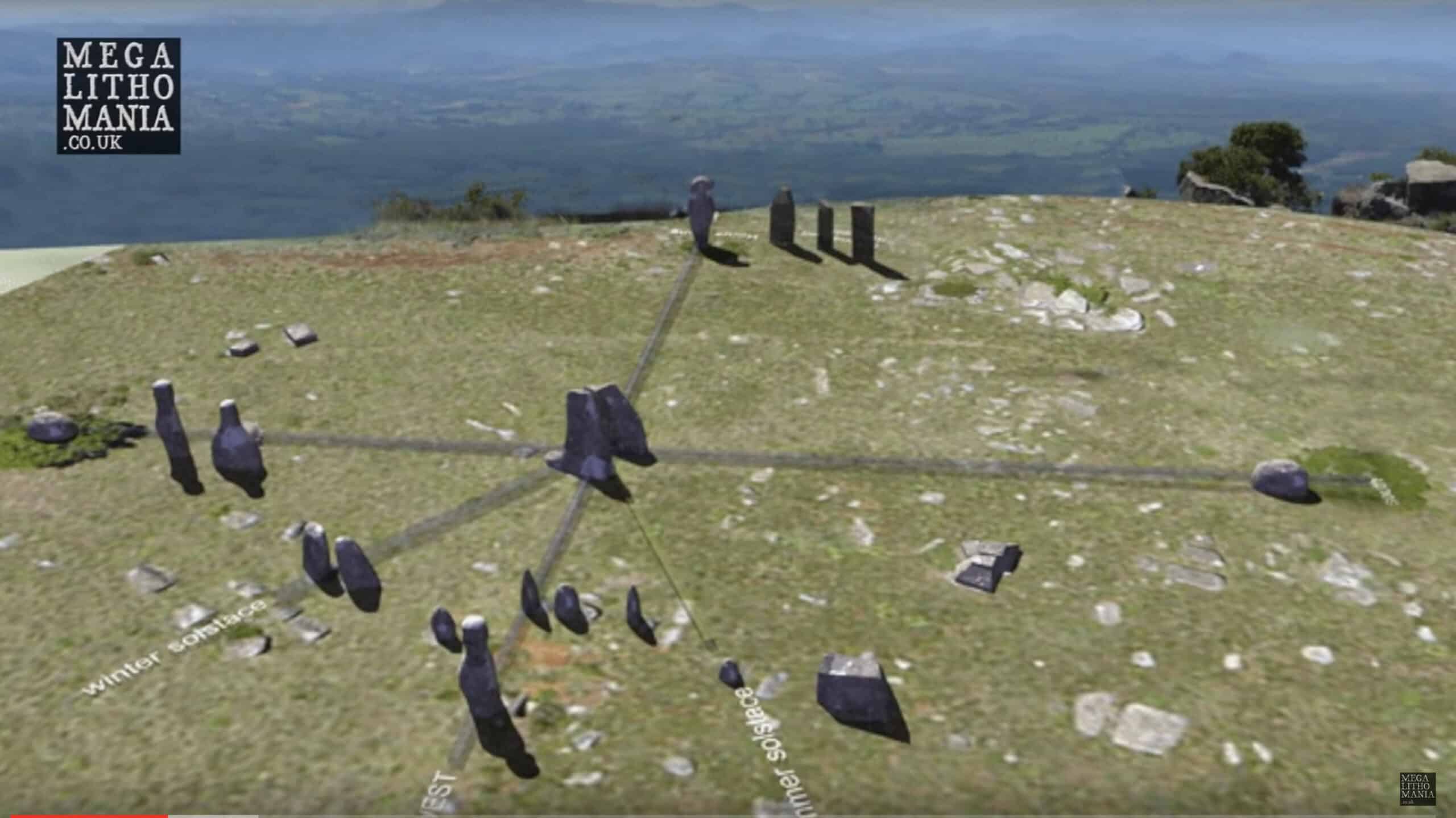
According to ancient astronaut theorist Graham Hancock, other ancient relics discovered in the area point to connections to the later civilization of Egypt.
“The discovery of a bird statue that resembles Horus carved out of dolerite, a small sphinx about 1,5 metres long carved out of the same dolerite rock, a petroglyph of a winged disk, many carvings of Sumerian crosses in circles and an ankh in a radiating circle suggest that the prototype Sumerian and Egyptian civilisations had their origins in southern Africa thousands of years before they emerged in the north,” wrote Hancock.
Below, megalithic researcher and explorer Hugh Newman, who often appears on the Ancient Aliens series, explores Adam’s Calendar.
Further east to the coast at Maputo, Mozambique, an ancient city was discovered around 2015. According to South African news, a sprawling city made of dolomite rock could date back to 200,000 years old. Author Michael Tellinger wrote about the city in his book: Temples of the African Gods. Nearby, we find ancient gold mines.
“I see myself a fairly open-minded chap, but I will admit that it took me well over a year for the penny to drop, and for me to realize that we are actually dealing with the oldest structures ever built by humans on Earth. – said Tellinger”
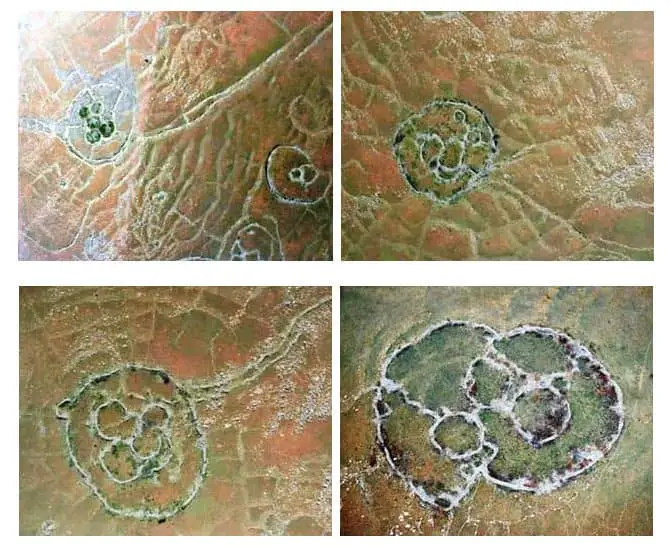
Among the oldest gold mines is Ngwenya Mine in Swaziland. The UNESCO recognized site is “one of the oldest geological formations in the world, and also has the distinction of being the site of the world’s earliest mining activity.”
From the UNESCO World Heritage Centre:
“This mine is known to be one of the oldest mines in the world. In 1964 charcoal nodules from the site were sent for radio carbon dating and a date of 43000 BC was obtained, making this one of the oldest known mining operation in the world. However the mine can be older than this date. It is thought this ores were mined until 23000 BC. Ancient mining tools found in the site were more specialised and foreign to those that were found on Stone Age sites.”
So there you have it: Scientists and ancient astronaut theorists seem to have arrived at similar conclusions in this case. Don’t count on seeing it again in the near future, but who knows what could happen next?
You can get the full ancient astronaut take in the video on Adam’s Calendar from South African author, politician, and explorer Michael Tellinger below. He refers to it as “Enki’s Calendar,” after the Sumerian deity who began the gold mining empire.
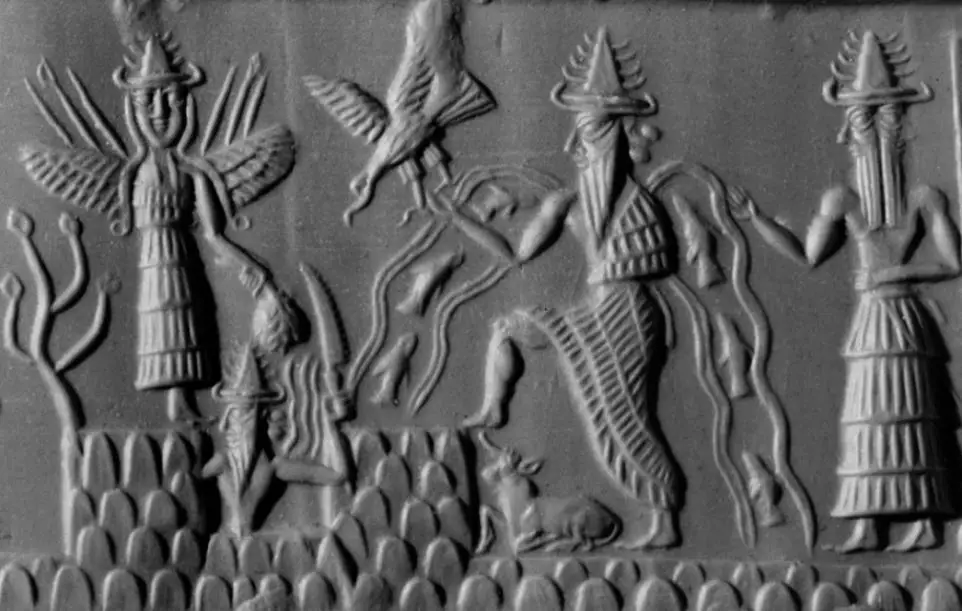
Video featuring Michael Tellinger below:
https://www.youtube.com/watch?v=U2b9E-VZZII
Featured image: Selection from The Adda Seal, an ancient Akkadian cylinder seal showing (from left to right) Inanna, Utu, Enki, and Isimud (circa 2300 BC) via Wikimedia Commons, public domain with Ngwenya Mines by Heather Dowd via Wikimedia Commons (CC BY-SA 2.0)

